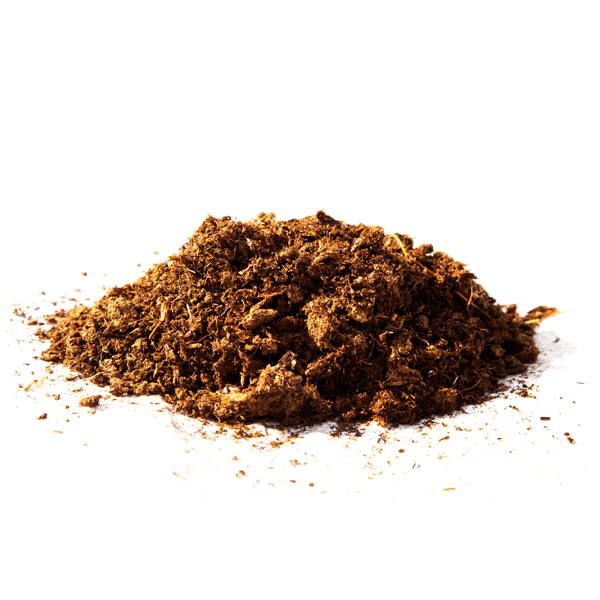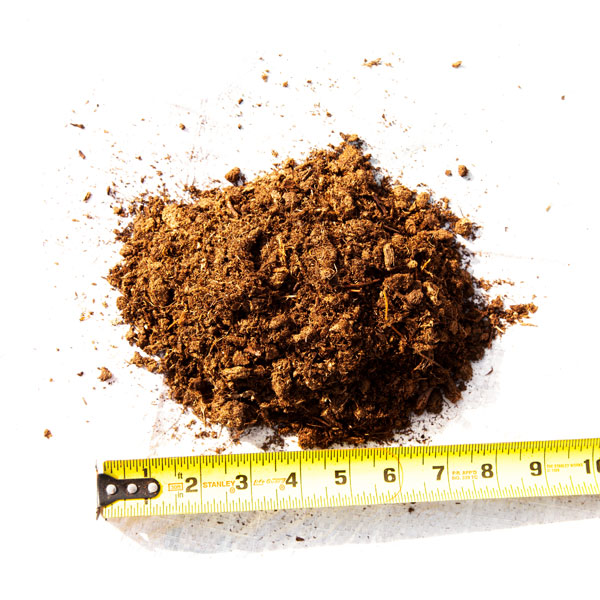Organic
Peat Moss
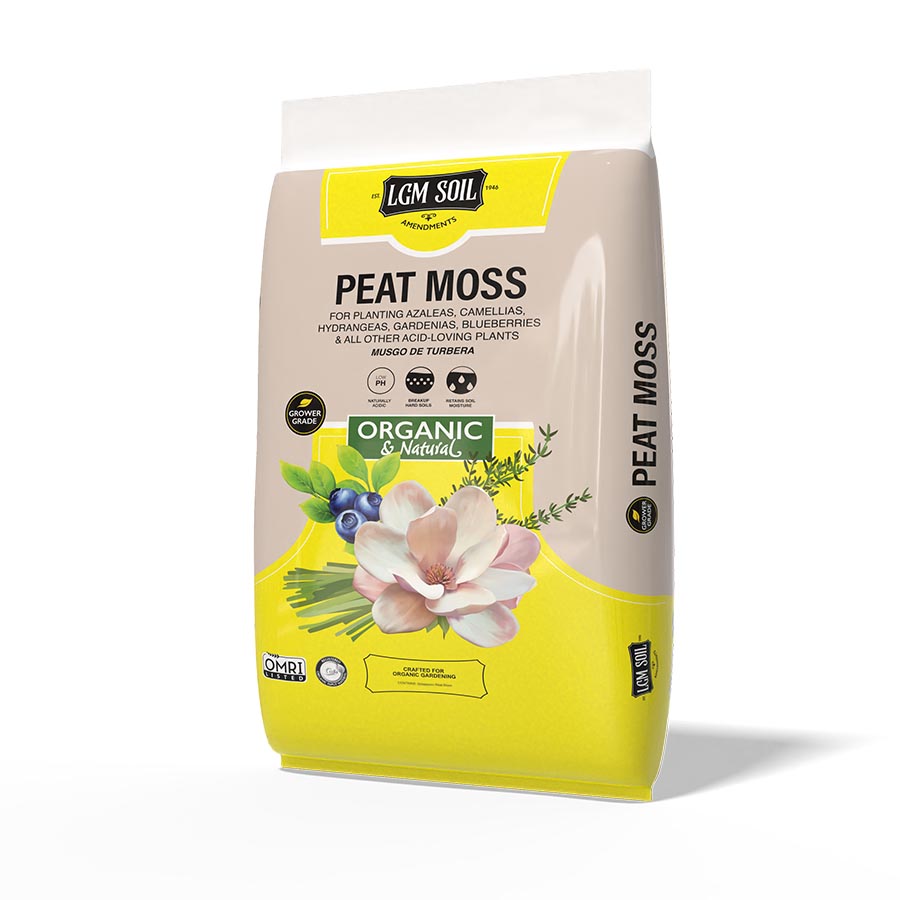
Organic Peat Moss Front
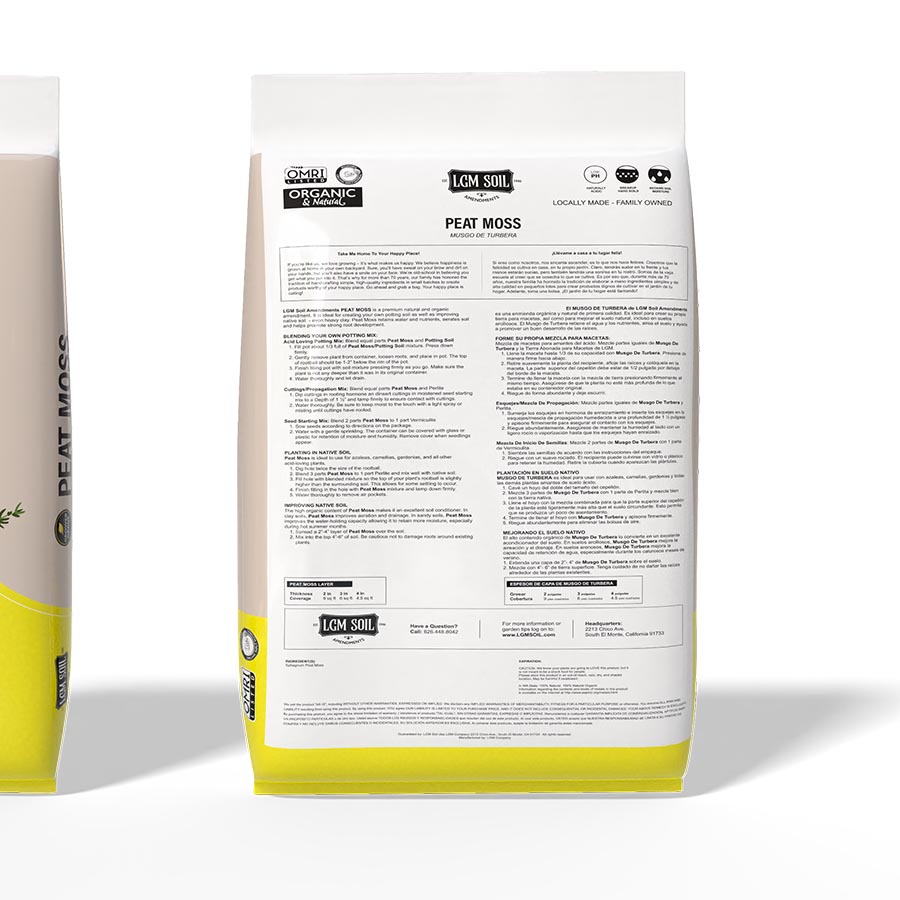
Organic Peat Moss Back
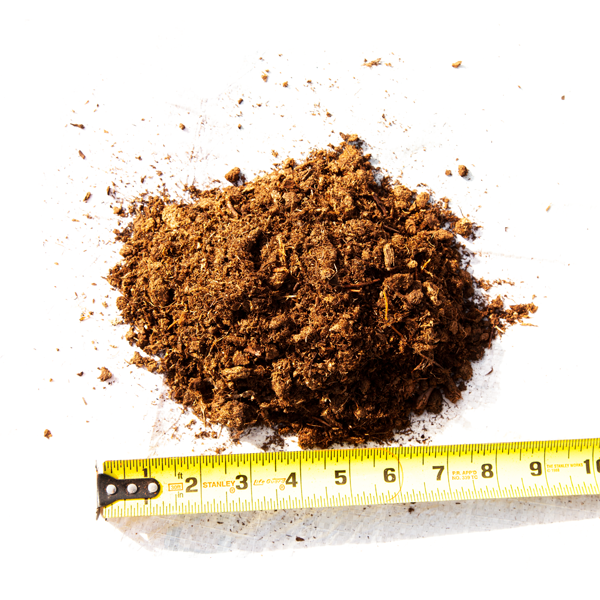
Organic Peat Moss Soil
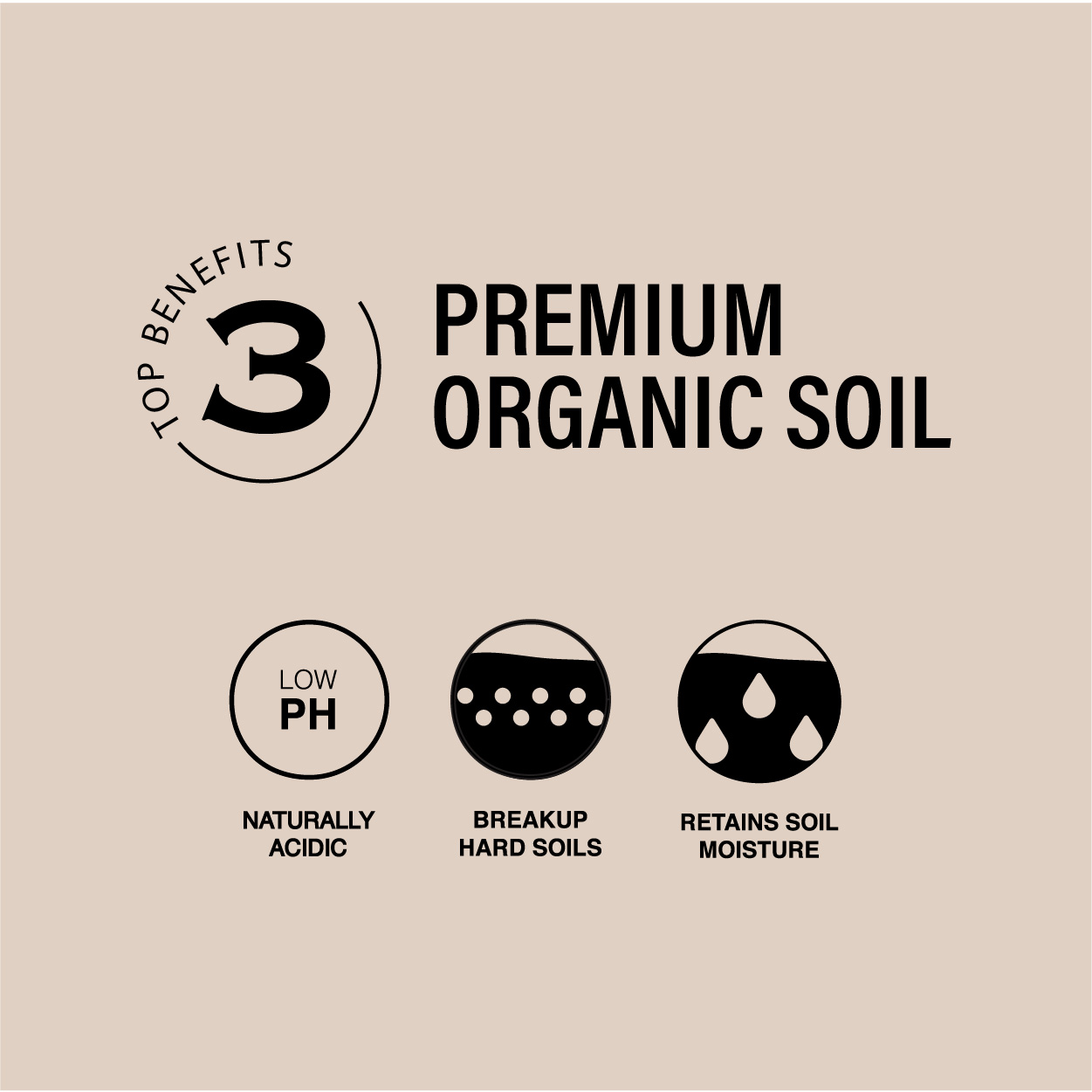
Organic Peat Moss Card
Organic Peat Moss
For Planting Azaleas, Camellias, Hydrangea, Gardenias, Blueberries and all other acid-loving plants.
Benefits
- Excellent soil conditioner due to high organic content
- A premium natural and organic amendment
- In clay soils, peat moss will aggregate soil particles to give better aeration and drainage
Best Use:
If your garden is full of clay or sandy soil, LGM’s Organic Peat Moss will aggregate soil particles for better aeration and drainage. For planting azaleas, camellias, hydrangeas, gardenias, blueberries & all other acid-loving plants. Ideal for creating your own potting soil as well as amending your soil to improve water and nutrient absorption and breaking up heavy clay soils.
Application Usage: 1.5 cu ft will cover 9 sq. ft. with a thickness of 2” 6 sq. ft. with a thickness of 3” 4.5 sq. ft. with a thickness of 4”
Growing Tip: Cover pot with clear plastic to create a warm and humid greenhouse environment. Remove plastic sheet when seedlings appear.

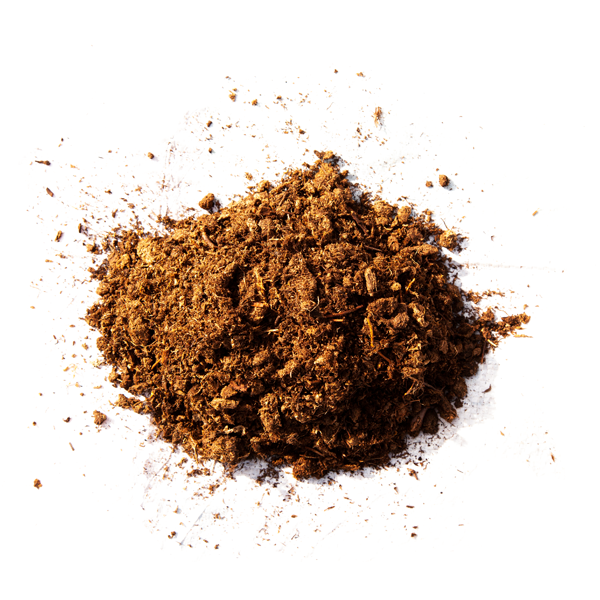
Benefits
- Retain moisture and nutrients
- Sustainably harvested
- Premium Organic Blend
Ingredients
Sphagnum Peat Moss
CAUTION: We know your plants are going to LOVE this product, but it is not meant to be a snack food for people. Please store this product in an out-of-reach, cool, dry, and shaded location. May be harmful if swallowed.
In WA State: 100% Natural, 87% Natural Organic Information regarding the contents and levels of metals in this product is available on the internet at AAPFCO
MYCHORRHIZAE
- Ectomychorrhizae:Propagules/cc
- Rhizopogon villosulus0.37
- Rhizopogon luteolus0.37
- Rhizopogon amylopogon0.37
- Rhizopogon fulvigleba0.37
- Pisolithus tinctorius29.85
- Scleroderma cepa0.73
- Scleroderma citrinum0.73
- Ectomychorrhizae (VAM):Propagules/cc
- Glomus intraradices0.01
- Glomus mosseae0.01
- Glomus aggregatum0.01
- Glomus etunicatum0.01
BENEFICIAL BACTERIA
- Colony Forming Units (CFU)/cc
- Bacillus pumilus28,500
- Bacillus megaterium28,500
- Bacillus subtilis28,500
- Bacillus licheniformis100,000
- Bacillus amyloliquefaciens100,000

